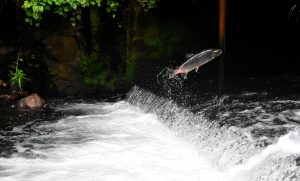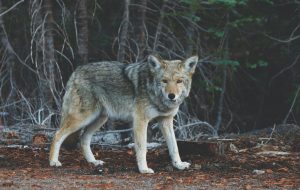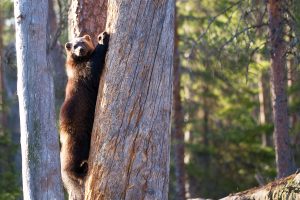Breaching a Natural Contract

As the war on climate change continues to heat up, some conservationists are perpetuating their opposition against the presence of dams and the seemingly negative effects these structures impose on natural wildlife and food sources. Those who are in favor of dams, however, are adamant that external factors serve as the likely causes of natural species shifts and value the important benefits offered by dams, including hydropower, river navigation, and irrigation. As part of a battle that has spanned the course of over 20 years, conservationists in the North West are now seeking to stay, or pause litigation, which would allow time for parties to develop adequate solutions to protect the local salmon.



